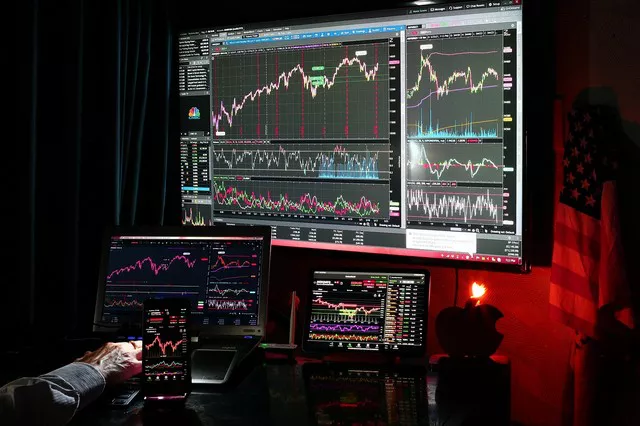Open interest is a crucial concept in futures trading that provides valuable insights into market dynamics and participant sentiment. Understanding and analyzing open interest can enhance your trading decisions and help you navigate the futures market with more confidence. In this article, we will delve into the world of open interest, discussing its definition, significance, and various strategies that traders can employ to leverage this important metric.
Understanding Open Interest
Definition: Open interest refers to the total number of outstanding contracts in a particular futures market. It represents the total number of contracts held by market participants that have not yet been closed or delivered.
Significance: Open interest provides valuable information about the strength and liquidity of a futures market. It reflects the level of market activity, the number of market participants, and their collective positions. High open interest suggests a liquid and active market, while low open interest may indicate limited market interest or participation.
Relationship with Price: Changes in open interest can provide insights into market trends and potential price movements. Increasing open interest in an uptrend suggests new money entering the market, signaling strength and potential further price appreciation. Conversely, decreasing open interest in an uptrend may indicate weakening market participation and signal a potential reversal.
Interpreting Open Interest
Open Interest and Volume: Open interest should not be confused with trading volume. While both metrics provide information about market activity, they represent different aspects. Volume represents the total number of contracts traded during a specific period, while open interest represents the total number of outstanding contracts.
Longs and Shorts: Open interest can be classified into two categories: longs and shorts. Long open interest represents the number of contracts held by traders who have bought futures contracts, expecting prices to rise. Conversely, short open interest represents the number of contracts held by traders who have sold futures contracts, anticipating price declines.
Unwinding and New Positions: Changes in open interest can be attributed to two main factors: unwinding of existing positions and the establishment of new positions. Monitoring the changes in open interest can help traders gauge whether market participants are closing out their positions or establishing fresh ones, providing insights into sentiment shifts.
Strategies for Trading Open Interest
Confirming Price Movements: When analyzing price trends, traders can use open interest to validate the strength and sustainability of the trend. A price increase accompanied by rising open interest suggests a robust uptrend, increasing the likelihood of further price appreciation. Conversely, a price decrease accompanied by rising open interest confirms a bearish sentiment and potential continuation of the downtrend.
Identifying Reversals: Significant divergences between price and open interest can indicate potential market reversals. For example, if prices are rising, but open interest is declining, it may signal a weakening trend and a possible price reversal. Traders can use this information to anticipate market turning points and adjust their trading strategies accordingly.
Assessing Market Sentiment: Open interest can provide insights into market sentiment. High open interest combined with an increasing number of long positions suggests bullish sentiment, indicating a positive market outlook. Conversely, high open interest combined with an increasing number of short positions indicates bearish sentiment, signaling a negative market outlook.
Conclusion
Mastering open interest in futures trading is a valuable skill that can significantly enhance your trading decisions. By understanding the concept of open interest, interpreting its implications, and implementing strategies to leverage this metric, traders can gain valuable insights into market dynamics, confirm price movements, identify potential reversals, and assess market sentiment. As with any trading strategy, it is essential to combine open interest analysis with other technical and fundamental indicators to make well-informed trading decisions. Continuous learning and practice will enable traders to effectively incorporate open interest into their trading toolkit and improve their overall success in the futures market.


